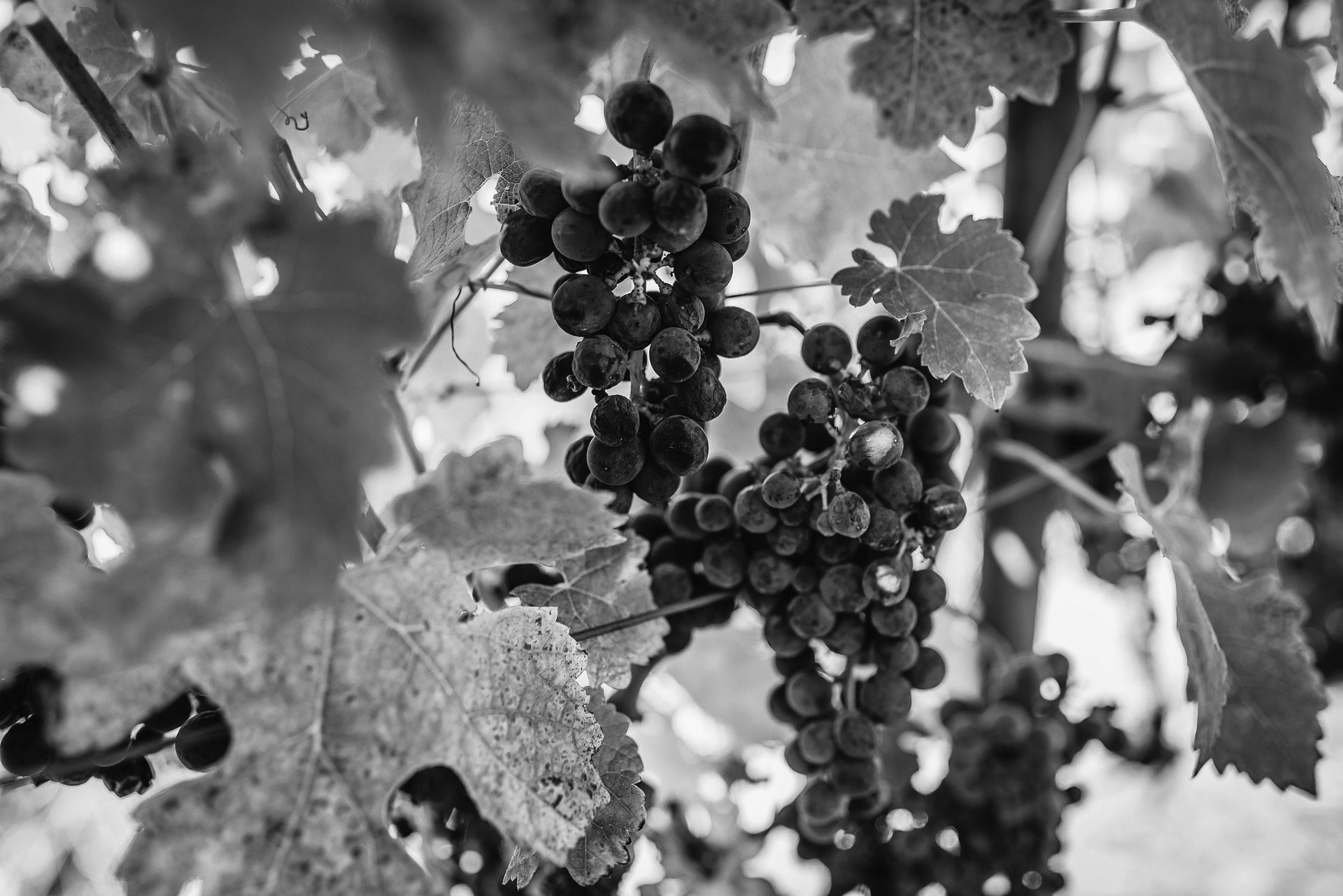Tasting notes on the harvest.
I scrawl the following words towards the end of May, having recently returned from a week in Bordeaux… Now, there’s a phrase that hasn’t appeared in print for a while – over three years, to be exact. And after all that has happened since March 2020, it really was good to be back, never mind that tasting a new claret vintage is a not inconsiderable challenge (there is always a lot of wine to take on board).
Furthermore, the 2021s were never going to be the easiest to assess, since the Bordelais vignerons had to cope with numerous difficulties throughout the whole of their growing season. You name it, Mother Nature launched it. A well-documented killer frost in April; some more frost in May, albeit localised; May was also cool and damp, while June saw some outbreaks of hail; and July continued May’s wet, chilly pattern, causing mildew on the vines. It was only in August that the weather started to turn for the better and luckily October was the sunniest since 1991, so those properties that took a chance, waiting and waiting before they picked, well, they were finally rewarded with some lovely, healthy grapes. However, by this time, the damage was done, as there were not very many of them, yields were (generally) going to be at the lower end of the scale.
“Despite all the climactic problems, some châteaux were almost unaffected, whereas others were completely clattered”
So, what’s the general theme of the vintage? One could argue that there is no theme: despite all the climactic problems, some châteaux were almost unaffected, whereas others were completely clattered. However, with this random factor in mind, if there was to be a word to describe the results, it might well be hétérogénéité, as mentioned in several despatches to which I listened during the various cellar visits.
One cannot even say that it was the usual suspects that performed. For example, I would never have expected that Léoville Poyferré would have outgunned neighbouring Léoville Las Cases (Léo Poyf, by the way, back to its finest), nor would I have bet that Palmer was going to be matched by next-door d’Issan. And when it came to Pauillac, all one could think about was the explosive Pontet-Canet, rather than the more glamorous 1st growths.
Just to go back to the Palmer/d’Issan face-off: the former lost about 25% of their production and yet the latter was untouched, making as much wine as they would expect in a normal year. Why so? Well, it’s location, location, location, as it often is: d’Issan’s plots lie closer to the temperate, moderating influence of the Gironde estuary; Palmer’s, by contrast, are a little more inland and that’s where the April frost really bit hard (a 7 hectare parcel had been completely taken out).
Of course, it was then over to the skill of the winemaker. It soon became clear that when the grapes came into the cuverie, they were very much not those of a warm, sunny year(!), being low in sugar. Consequently, alcohol levels were all around 13%, almost unheard of in this era of global warming. Indeed, we also heard the word ‘chaptalisation’ on the odd occasion, where the winemaker had deemed it necessary to add a bit of sugar to the fermenting juice, in order to give the ensuing wine a better balance. It was important, as well, not to extract too much tannin and colour from the grape skins. Actually, this is always the case, but in 2021, absolutely vital, given the intricate nature and delicacy of the fruit.
And what about the wines themselves, you might justifiably ask? For sure, a lot of wines will not be making our cut, their fruit just slightly overwhelmed by the tannin. The phrase ‘hollow on the mid-palate’ cropped up on a regular basis. Yet where balance had been achieved, the results are glorious.
“Red Bordeaux was, without doubt, a bottle of breeding and subtlety, shape and poise, the pre-eminent vinous aristocrat”
Yes, ‘glorious’! OK, not in the sense that we have another 2016, 2009 or 2005 on our hands, but we do have some clarets that hark back to the elegance and sophistication of the last century, when red Bordeaux was, without doubt, a bottle of breeding and subtlety, shape and poise, the pre-eminent vinous aristocrat. It always used to be the most stylish of middle-weights, but had bulked up a bit over the years, moving up a couple of divisions.
Now, in 2021 (and to continue the sporting metaphors), it’s like a top jockey that has lost a few pounds in order to hit peak form for the Grand National. And if we compare these ‘21s to those of more recent vintages? The best of them have the soft fruit of 2012, plus the classic structure of 2014, allied to the deft, graceful touch of 2017. Now that’s a great trifecta.
Anyway, over to Lilian Barton (of Langoa and Léoville fame) to have the final words: “We’re going to be very happy to have 2021 in our glass one day.”








